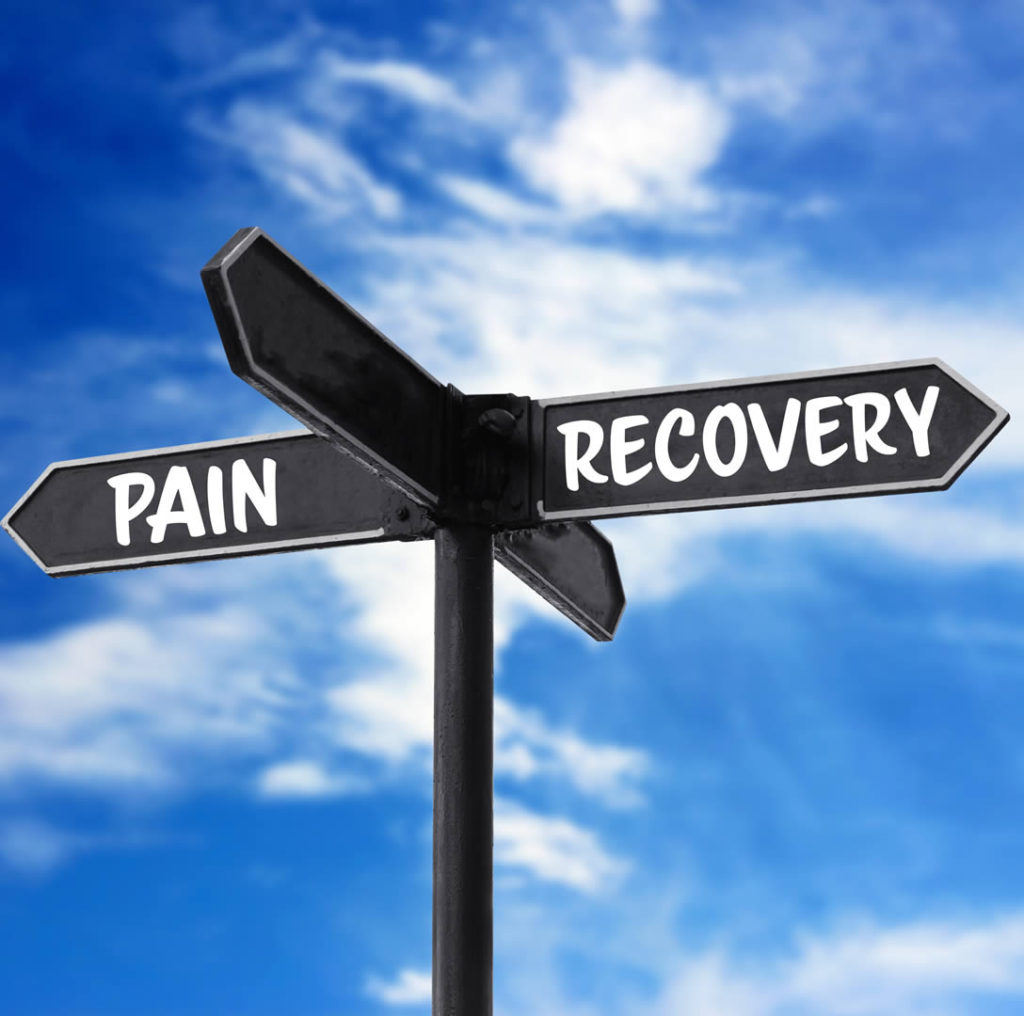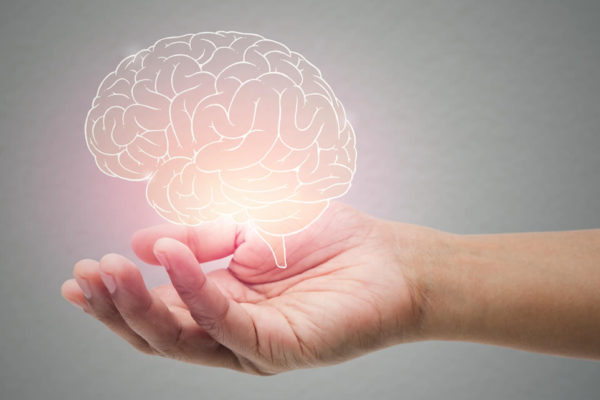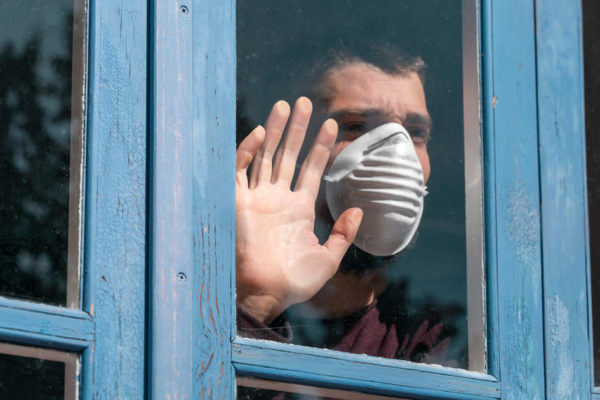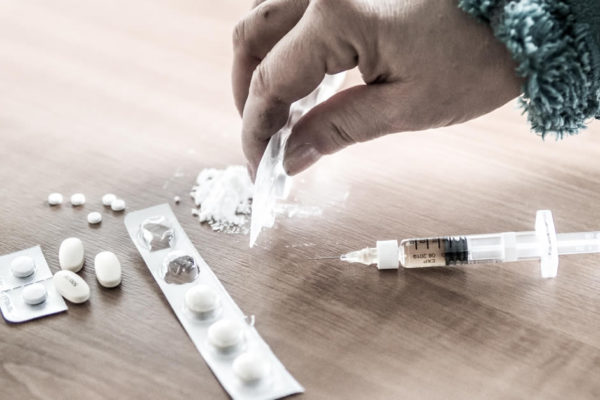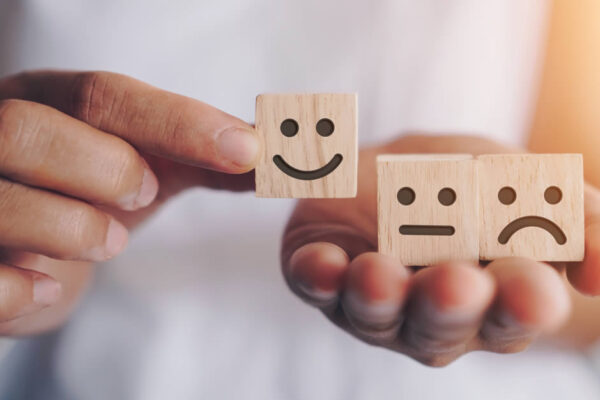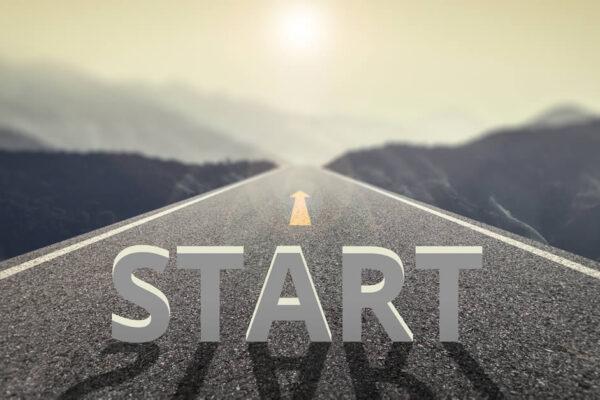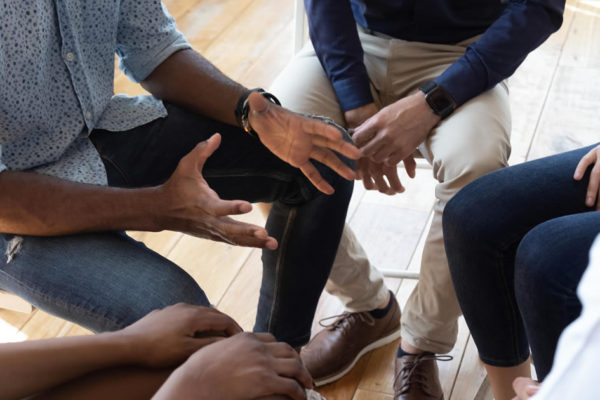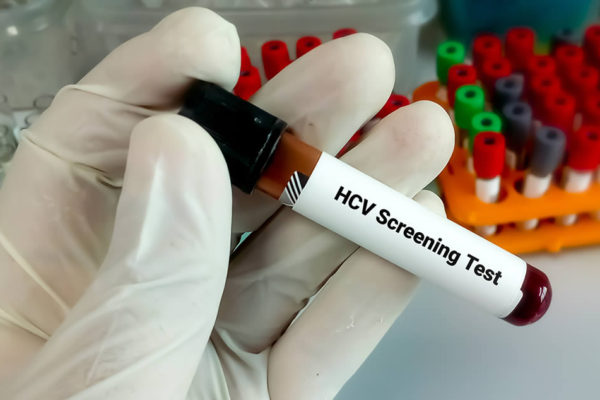Pain and Addiction
“I often say to people, “Whatever your addictive focus, what did it offer you? What did you like about it? What, in the short term, did it give you that you craved or liked so much?” And universally, the answers are: “It helped me escape emotional pain… helped me deal with stress… gave me peace of mind… a sense of connection with others… a sense of control.” — Dr. Gabor Maté
Renowned addiction expert, speaker and author Dr. Gabor Maté maintains that addiction is a forlorn attempt to solve the problem of human pain. Dr. Mate concludes that all forms of substances of abuse, whether from opiates or cocaine or anything else, are actually painkillers. Some substances, like Oxycodone, are specifically painkillers.
“When I work with addictions, the first question is always not why the addiction, but why the pain. And what you find is emotional loss or a trauma.” — Dr. Gabor Mate
Physical Pain
According to the National Institute of Drug Abuse, roughly 21 to 29 percent of patients prescribed opioids for chronic pain misuse them and between 8 and 12 percent develop an opioid use disorder. About 80 percent of people who use heroin first misused prescription opioids.
Medication-Assisted Treatment
Medication-Assisted Treatment is the use of medications — including Buprenorphine, Naltrexone and Suboxone — to treat opioid use disorder. These medications help reduce problems of withdrawal and craving and offer the chance needed to focus on the lifestyle changes that lead back to healthy living.
Medication-Assisted Treatment (MAT)—a combination of psychosocial therapy and U.S. Food and Drug Administration-approved medication—is the most effective intervention to treat opioid use disorder (OUD) and is more effective than either behavioral interventions or medication alone.


